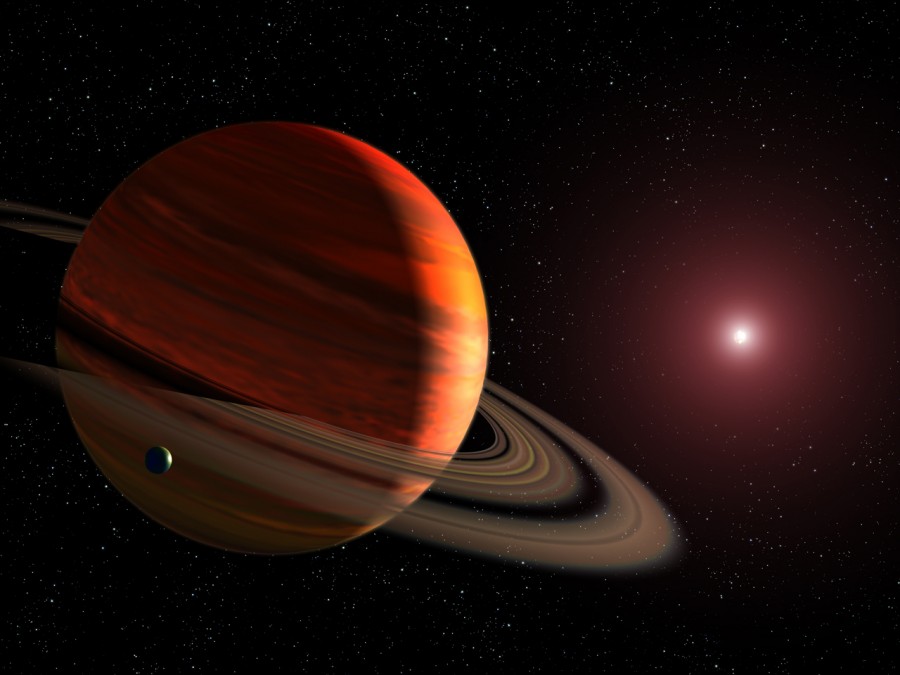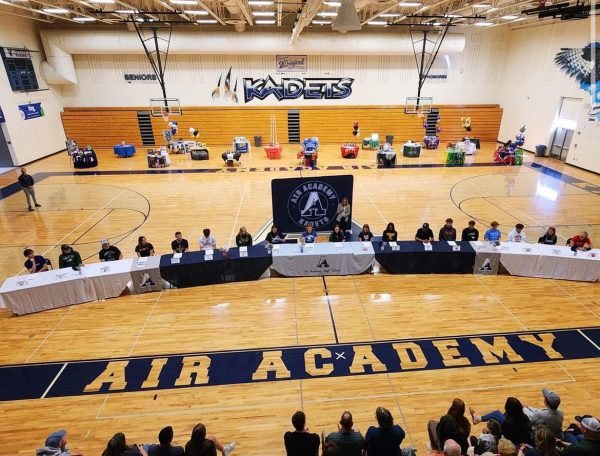The Planets Align
Coming to a sky near you for a limited time only, five planets are visible at once this month! For the first time in nearly a decade, Mercury, Venus, Mars, Saturn, and Jupiter are all making their *star* appearance in the same part of our night sky.
Anyone intently involved in Astronomy class will definitely have to check this out, and even those of you who haven’t had a great interest in planets will find this a sight to behold. According to Jackie Faherty, an astronomer from the American Museum of Natural History, this is not a common occurrence. In an interview with New York Times, he mentions “It’s not super-often you get to see them all at the same time in the sky, it’s like seeing all of your friends at once.”
This is an awesome treat that you shouldn’t miss. And its pretty easy to get V.I.P. seats to this amazing show — just walk out your front door! About 45 minutes before the sun rises the planets will be visible even to common folk like us. Just point your eyes to the east, because this is a special preview that can be seen with the naked eye.
If you want to get it down to a science, you can log onto almanac.com. This website includes a page where you type in your city and day of the year. After calculating, the page gives you the exact times that you will be able to see each planet that is in orbit (even Pluto, the poor, forgotten thing.) But for those ambitious readers, here are the best times to view each planet in the sky:
Mercury: This planet will be seen best in the early morning, centered around February 7; Mercury rises for 80 minutes before the sun at mid-northern latitudes.
Venus: The brightest planet in the sky falls toward the sunrise when Mercury moves toward Venus. On February 13, the planet will be closer than ever. At the beginning of February, Venus will rise about 2 hours before the sun, but will decrease to only an hour before the near the end. Some consider this to be an even greater promulgator than the month of love. As Venus, the planet named after the Roman goddess of love is making her biggest performance right around Valentine’s Day. The saying “Men are from Mars, women are from Venus” is taken to an ironic standpoint this February 21st when the two will be visible and easy to see simultaneously.
Jupiter: The second brightest and westernmost planet is the first planet to be seen in the sky, rising at mid-to-early evening at the beginning of the month and near dusk at the end, about 30 minutes before sunset.
Mars: Located between Venus and Jupiter, this planet is most visible before dawn.
Saturn: Shining brightly all throughout February, Saturn rises about five hours before sunrise. The farthest planet we can see from Earth with our eyes alone, look for a golden light to find the 6th rock from the sun.
To summarize, Saturn, Venus, Mars and Jupiter will appear in the predawn/dawn sky for the whole month. Mercury was added to the morning planets in the final week of January, and all five visible planets will continue to light up the morning sky throughout the first few weeks of February. No need to fear if you’re reading this, it’s not too late. The five planets will return for an encore show around August 13th to 19th.

Hi my name is Audrey! I'm a senior this year and I am so excited to have a great year. I love reading, hiking, and hanging out with my friends. I am an...














Jake Thornally • Feb 17, 2016 at 9:53 am
The universe is so fascinating. Thanks for the tidbit!